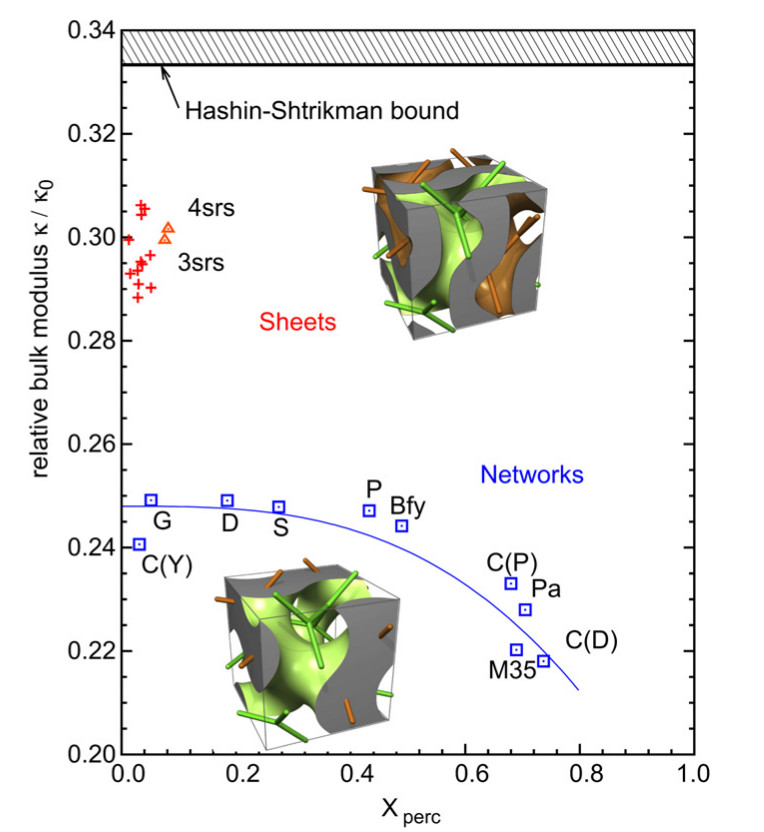Erpel : Sebastian Kapfer’s FEM code for effective elastic properties of voxelised spatial structures

Erpel is a finite-element code computing effective elastic properties of anisotropic multiphase media. It implements a conjugate-gradient scheme on cubic voxels and has been proven to scale to at 768³ voxels in a MPI environment. Developed by Sebastian Kapfer, partially while spending some time in the Applied Maths group at the Australian National University.
MPI environment. Developed by Sebastian Kapfer, partially while spending some time in the Applied Maths group at the Australian National University.
Main page for information is Sebastian’s page, click here erpel page. (PDF of Erpel page).
This code was used in the following scientific journal publications Biomaterials 2011, Langmuir 2011, Adv Mater 2011
Code is at github: https://github.com/skapfer/erpel

 tantially higher effective bulk modulus k and direction-averaged Young’s modulus E than network solids, for a wide range of volume fractions and material parameters. While a comprehensive explanation of this behavior is elusive, it can be compared to the differences between hollow steel pipes and solid steel struts with respect to bending rigidity. In civil engineering, it is a well-known fact that at equal material usage, a hollow cylinder is preferrable to a solid cylindrical strut; the moment of inertia of the beam cross-section enters the bending rigidity. Minimal surface sheets act as the triply-periodic analogon of the hollow pipe, whereas network solids are representing networks of solid cylindrical struts.”
tantially higher effective bulk modulus k and direction-averaged Young’s modulus E than network solids, for a wide range of volume fractions and material parameters. While a comprehensive explanation of this behavior is elusive, it can be compared to the differences between hollow steel pipes and solid steel struts with respect to bending rigidity. In civil engineering, it is a well-known fact that at equal material usage, a hollow cylinder is preferrable to a solid cylindrical strut; the moment of inertia of the beam cross-section enters the bending rigidity. Minimal surface sheets act as the triply-periodic analogon of the hollow pipe, whereas network solids are representing networks of solid cylindrical struts.”